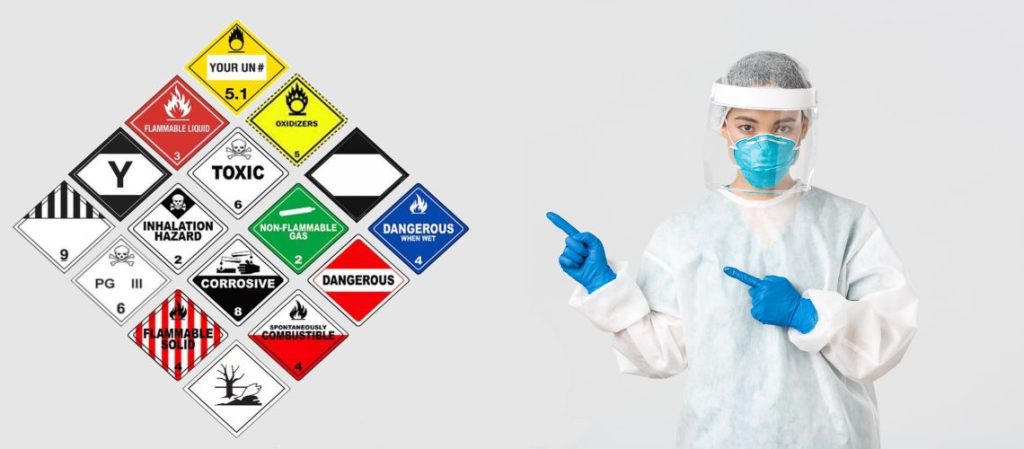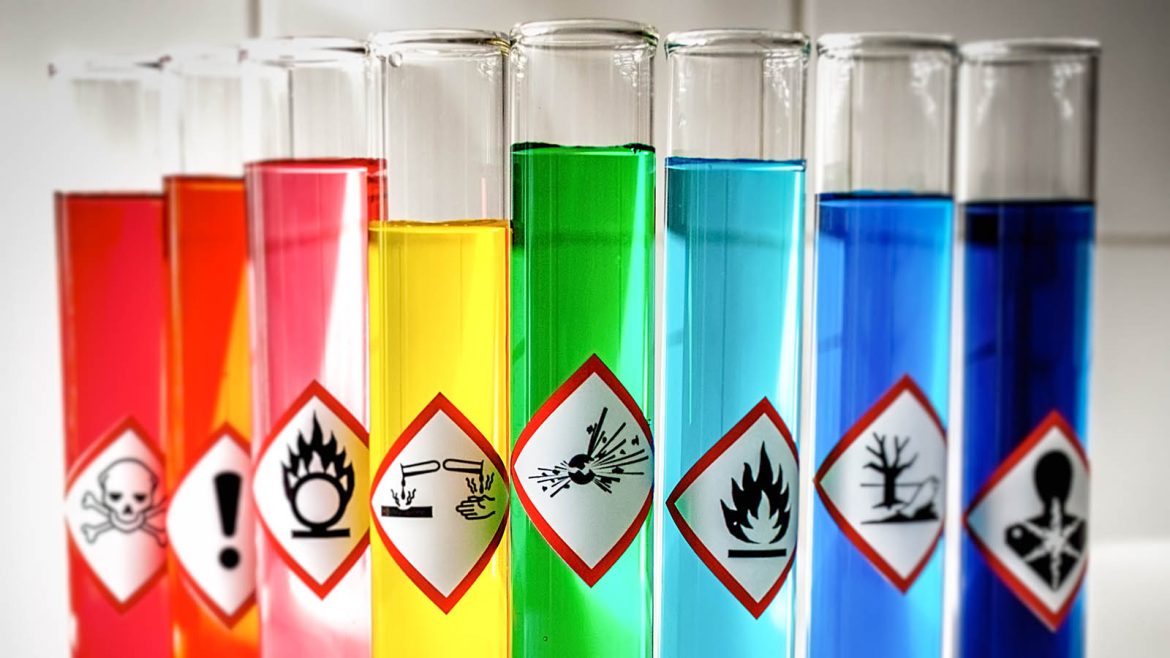Definition
Ammonium bifluoride (ABF) is a compound that is commonly used in various industrial applications, such as metal cleaning, glass etching, and as a flux for soldering. While ABF has numerous uses, it is crucial to understand and follow safety precautions when handling this chemical due to its hazardous nature. This essay aims to discuss the safety precautions that should be taken when working with ammonium bifluoride.
PPE
First and foremost, it is imperative to wear appropriate personal protective equipment (PPE) when handling ABF. This includes wearing gloves, safety goggles, lab coats, and closed-toe shoes. Gloves should be made of materials that are resistant to acids, such as PVC or rubber, to minimize skin contact with the chemical and reduce the risk of chemical burns.

Work area
Secondly, it is vital to work in a well-ventilated area or use fume hoods when using ammonium bifluoride. ABF can release poisonous and irritating hydrogen fluoride gas, which can cause severe respiratory problems when inhaled. Proper ventilation helps to minimize the concentration of harmful fumes in the air, thereby reducing the risk of inhalation.
Storage procedures
Thirdly, strict storage procedures should be followed to prevent accidental spills or leaks of ABF. The chemical should be stored in tightly sealed containers that are labeled with clear warnings indicating its hazardous nature. Ideally, it should be stored in a cool, dry place away from sources of ignition, incompatible substances, and direct sunlight.
Handling
Fourthly, it is essential to handle ABF with caution and avoid any unnecessary contact. Direct contact with ammonium bifluoride can cause burns, irritation, and severe damage to the skin and eyes. If any exposure occurs, immediate rinsing with copious amounts of water for at least 15 minutes is crucial, and medical attention should be sought immediately.
Training
Fifthly, proper training and education about the dangers of ABF are essential. Before handling this chemical, individuals should receive proper training on its safe handling, storage, and disposal. They should also be educated on the symptoms of exposure and the necessary steps to take in case of an emergency or accident.
Additionally, to minimize the risk of contamination, equipment and surfaces that come into contact with ABF should be thoroughly cleaned after use. This prevents accidental exposure to the chemical and reduces the chances of cross-contamination with other substances, which could result in hazardous reactions.
Emergency procedures
Furthermore, it is important to have emergency procedures in place in case of accidental spills, leaks, or exposure to ammonium bifluoride. This includes having eyewash stations, safety showers, and spill kits readily available in the workplace. Regular drills should also be conducted to ensure that all employees are aware of the proper steps to be taken during an emergency.
Waste disposal
Finally, appropriate waste disposal methods should be strictly followed. ABF waste should be collected separately from other waste and disposed of in accordance with local regulations and guidelines. It is advisable to contact local authorities or waste management facilities to determine the correct disposal procedures for ABF.
Conclusion
In conclusion, ammonium bifluoride (ABF) is a hazardous chemical that requires strict safety precautions when handling. By wearing appropriate personal protective equipment, working in well-ventilated areas, following proper storage and handling procedures, and receiving proper training, the risks associated with ABF exposure can be effectively minimized. It is necessary to prioritize safety when working with ABF to protect individuals, the environment, and ensure compliance with regulations.


